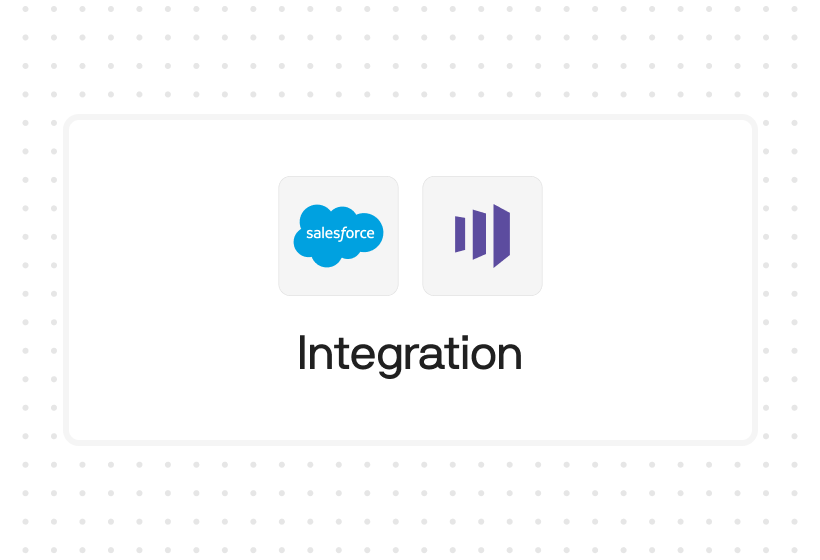Try Default

See how revenue teams automate revenue operations with Default.

Key Takeaways
Most GTM tech stacks are a beast to manage. But when things get truly monstrous—missed opportunities, integration nightmares, and the vendor blame game—you know you’ve brought a Frankenstack to life.
“Frankenstack” describes a sales and marketing stack built with a bunch of point stitched-together point solutions. We’ve all seen it: a lead comes in through Webflow, is enriched through LeanData, qualified in HubSpot, routed via Slack, booked via Calendly, followed up with an Outreach workflow, etc.
Does that scare you? It should. Each integration increases the risk of dropped leads, missed opportunities, data loss, and revenue leakage. Read on for a scalable, more efficient alternative.
How does a Frankenstack come to life?
In Mary Shelley’s Frankenstein, the monster didn’t come to life on its own, but only after Dr. Frankenstein’s painstaking research and experimentation. Unfortunately, the opposite is true for the Frankenstack—unless you work hard to prevent it, you’ll probably end up with one.
The reason is that most revenue leaders build their tech infrastructure in a reactionary, piecemeal way:
- Adding software to meet immediate needs without considering the bigger picture
- Siloed marketing specialists each use their own tools
- The false perception that point solutions cost less than all-in-one platforms
- Category leaders (e.g. Microsoft, Salesforce, Calendly) relying on integrations for core functionality, forcing users to buy multiple tools
The question you should ask yourself is: Does our organization currently have a Frankenstack? Here are some telltale signs:
- You have a bunch of tools that don’t talk to each other
- Changes to one platform break the whole flow
- Figuring out total marketing tech costs is an uphill battle
- Vendors blame each other when something breaks instead of fixing the problem
The #1 warning sign, however, is: You’re missing opportunities by misrouting and dropping leads.
Why is a Frankenstack truly monstrous?
Although it seems like an operations or IT problem, the Frankenstack is really a business problem. The consequences of keeping it will kill your growth and expose your business to unnecessary risk:
- Missed opportunities. Organizations must respond to inbound leads within five minutes or they risk losing them. But if you have a slow or broken flow, you can’t meet that demand—which means you’re leaving money on the table.
- Technical debt. McKinsey reports that 40% of enterprise tech spend is on dormant and unused licenses and redundancies. These are resources that can be put to far better use.
- Engineering resources. Frankenstacks require excessive engineering resources for custom integrations, APIs, ETLs, etc. That means your engineers aren’t available to build more products and accelerate business innovation.
- Stagnant growth. Without a single source of truth, siloes persist and organizational growth becomes stagnant.
How to kill the Frankenstack
So if you find yourself in the middle of a Frankenstack situation, how do you get out? Or, even better, how do you avoid getting into one in the first place? Here are three steps we recommend:
- Switch to a consolidated marketing tech stack. By using an all-in-one solution, you’re no longer wrestling with a bunch of different tools. That’s time you can spend winning and closing new business.
- Hire tech-savvy marketers & salespeople. The line between revenue and IT is blurring. To work effectively, revenue teams must understand tech and data best practices to spot potential Frankenstacks before they’re fully formed.
- Acquire new technology strategically. Start by assessing your business needs, including scalability goals. Use these as your North Star to choose a solution that matches your long-term objectives.
Why you should kill your Frankenstack
Most businesses, regardless of size, have a Frankenstack in their revenue team. Killing the Frankenstack is hard. It requires significant investment in Rev Ops strategy and cross-org alignment to implement a better solution. But this means if you can kill yours—or better yet, avoid having one in the first place—you’ll be at a significant competitive advantage.
Set yourself up for marketing and sales success with an all-in-one platform that captures, enriches, qualifies, routes, schedules, and nurtures leads.
Conclusion

Former pro Olympic athlete turned growth marketer. Previously worked at Chili Piper and co-founded my own company before joining Default two years ago.
Run revenue as an engineered system
Revamp inbound with easier routing, actionable intent, and faster scheduling














.png)
























